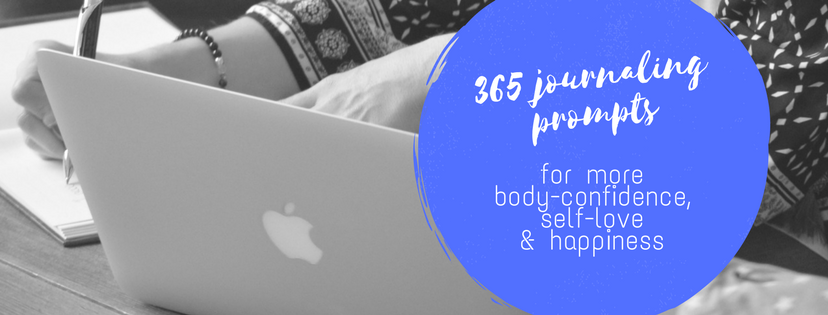
In this episode of Escape Diet Prison, we’re diving into the psychology of emotional eating—a topic that resonates with so many of you. Emotional eating often feels like an unsolvable puzzle, but by unpacking its roots, triggers, and your brain’s role, we can uncover practical strategies to manage it effectively.
What is Emotional Eating?
Emotional eating isn’t about hunger; it’s about emotions. It’s a psychological response to feelings like stress, boredom, sadness, or even joy. Instead of addressing these emotions head-on, we turn to food for comfort or distraction.
The Triggers Behind Emotional Eating
- Stress
Stress often tops the list of emotional eating triggers. When life gets challenging, food can feel like a quick escape. - Celebratory Emotions
Holidays, birthdays, or even seasonal changes can trigger emotional eating. These events bring a mix of joy, nostalgia, and pressure, all of which can make food seem irresistible.
The Brain’s Role in Emotional Eating
Here’s where it gets fascinating: emotional eating isn’t just about willpower—it’s rooted in your brain. Research shows that emotional eaters experience heightened activity in brain areas tied to emotions and rewards, like the insula and amygdala. These areas light up when you see or think about comfort foods, making those cravings feel impossible to ignore during emotional moments.
How to Manage Emotional Eating
Overcoming emotional eating is about creating awareness and building healthier coping mechanisms. Here are some strategies to try:
- Practice Mindfulness: Pause and recognize your cravings without judgment. Ask yourself, “Am I truly hungry, or am I feeling something deeper?”
- Engage in Physical Activities: Go for a walk, dance, or try a new hobby to shift your focus.
- Journal Your Thoughts: Writing down your feelings can help you identify patterns and triggers.
- Seek Emotional Support: Connect with friends, family, or a therapist to process your emotions.
- Adopt Mindful Eating Practices: Slow down during meals, savor each bite, and tune into your body’s hunger and fullness cues.
Next Steps
To tackle emotional eating effectively:
- Identify Your Triggers: Pinpoint the situations and emotions that push you toward food.
- Build a Coping Toolbox: Replace emotional eating with stress-relief practices that work for you.
- Develop Awareness: Start practicing mindful eating to distinguish between physical hunger and emotional cravings.
Final Thoughts
The psychology of emotional eating is a complex interplay between emotions, habits, and brain chemistry. Remember, overcoming emotional eating isn’t about sheer willpower—it’s about understanding yourself, your triggers, and your needs. With awareness and the right strategies, you can break the cycle and build a healthier relationship with food and your emotions.
Have you experienced emotional eating? I’d love to hear your thoughts and strategies! Let’s continue the conversation—leave a review on iTunes or connect with me directly.
Thanks for Subscribing to Escape Diet Prison: Apple Podcasts
RSS
365 Journaling Prompts for more Body-Confidence, Self-Love & Happiness
 This self-reflective program will support you in using the power of writing to nurture yourself, connect with your body and replace paralyzing doubts with loving acceptance.
This self-reflective program will support you in using the power of writing to nurture yourself, connect with your body and replace paralyzing doubts with loving acceptance.
Finally Free – Guided Meditations for Freedom from Emotional Eating
 Stop the Binge-Diet Cycle for Real
Stop the Binge-Diet Cycle for Real
Emotional eating doesn’t fix emotional problems – even if it feels like it in the moment. It only makes you feel ashamed, guilty and, well, stuffed. With meditation, you can learn to stop, free yourself and create inner balance and healthy (= sane) eating habits again.
Get your meditation album here.
Podcast: Play in new window | Download (Duration: 32:12 — 45.9MB) | Embed
Subscribe: Apple Podcasts | Amazon Music | Email | RSS | More







